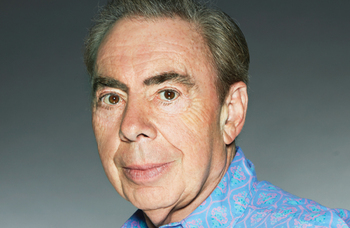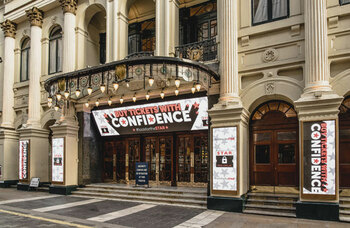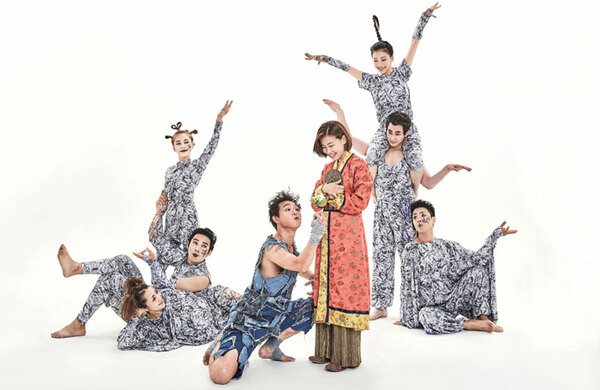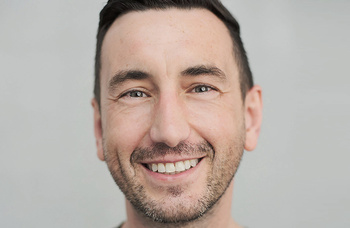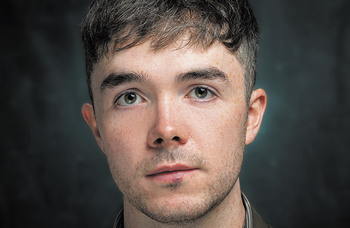South Korea has proved that theatre can be Covid-safe and open for business
This August, I was in Seoul, attending rehearsals for the 2020 South Korean tour of Cats when a second wave of Covid-19 hit. As with the UK currently, countless businesses and institutions were forced to close.
I was certain that the Korean theatre industry – to that point, the world’s 2020 theatrical success story – would be required to shut down too, but that wasn’t the case; theatres remained open.
That’s because in Korea, theatre has been fundamentally redefined, not as a mass gathering, but as a controlled event and one that is critical to national morale and countless livelihoods.
Here in the UK, theatres similarly remaining open to the public during this lockdown isn’t on the table, of course, but their status will be come December 2. As that date approaches and conversations about reopening continue worldwide, I believe there is yet another lesson to be learned from Korea’s success.
Some context. I’m a New York-based director and, in June, was incredibly fortunate to relocate to Seoul, and then London, for a project that involved observing the inner workings of those three theatre industries in 2020.
Before going to Korea, I’d heard that its industry had been operating venues at full capacity when no one else was, but what I didn’t know until I went there is this: according to the country’s world-class track-and-trace system, there has not been a single case of audience-to-audience transmission of Covid-19 in Korean theatres since the pandemic began.
Of course, Korea’s numbers are comparatively low; the country was culturally and empirically prepared to confront this pandemic. Nevertheless, they’ve still had mass outbreaks traced to churches, nightclubs, Starbucks – you name it – but none traced to audiences in theatres.
While in Korea, I primarily worked with the companies of Cats and the world tour of The Phantom of the Opera, which – for a time – was the only large-scale musical running anywhere in the world thanks to the extraordinary efforts of many Korean and international theatremakers and producers.
After two weeks of quarantine following my arrival, I found myself sitting with 1,700 other masked patrons, watching a musical. No social distancing, but a series of hygiene-based health and safety measures, many of which were then implemented here by Andrew Lloyd Webber and co at the London Palladium before the second lockdown.
So, I felt safe – until, in July, I heard about a woman who’d attended the musical Mozart in Seoul (capacity 3,000) and subsequently tested positive for Covid-19; she was believed to be ‘shedding the virus’ while at the show. I braced for an outbreak, but then heard that security footage demonstrated that the woman wore her mask correctly and no other patron – including the 19 people sitting within two metres of her – contracted the virus.
I started asking local producers if they could confirm zero audience-to-audience transmission – and indeed they could
In the weeks following, I heard similar stories – of a Covid-positive patron at the Korean production of 42nd Street and another at Everybody’s Talking About Jamie, but no outbreaks followed. I started asking local producers if they could confirm zero audience-to-audience transmission – and indeed they could.
So, when Korea was hit with its second wave in August, theatres temporarily had to reduce capacity, but didn’t have to close and again, no transmission. Of course, there’s always the chance that that perfect record could be marred and, in its own way, the Korean theatre industry is still suffering too; it’s all relative.
But it’s telling that in Seoul’s second wave, schools and churches shut, but theatres could remain open, because the government recognised that theatres are uniquely controllable spaces in which you can predict flow of traffic, easily track and trace due to assigned seating, control air filtration, and follow hygienic best practices.
In this regard, the good news is that scores of theatres here are already equipped to follow South Korea’s lead as many of the industry’s methods have been tested, trialled and implemented in various forms at the London Palladium and beyond. The best practices are here and Korea has now demonstrated that they’re effective at any capacity.
Ultimately, I know that conversations about how and when theatres beyond Korea reopen at partial or, better yet, full capacity are complex. But theatremakers worldwide are working tirelessly, not only to reopen safely, but also to convince governments and patrons that they’re ready. And to that end, South Korea is giving us data well worth sharing and, hopefully, modelling our future.
Opinion
Recommended for you
Advice
Recommended for you
Most Read
Across The Stage this weekYour subscription helps ensure our journalism can continue
Invest in The Stage today with a subscription starting at just £7.99
 Sammi Cannold
Sammi Cannold
